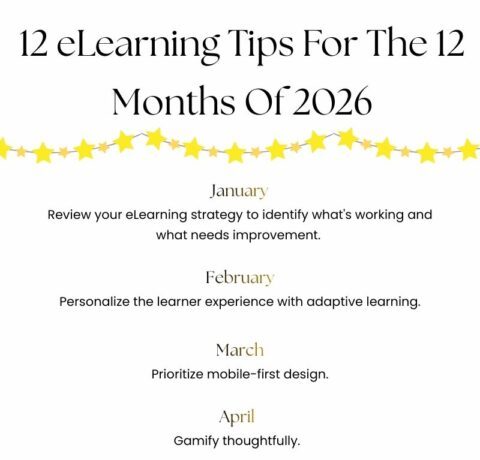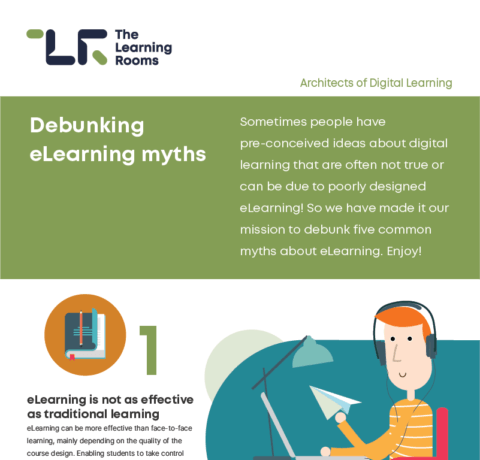Where eLearning is Headed: 6 eLearning Trends Infographic
- Learning is Social
People are social animals and eLearning has become a collaborative experience full of resources to take advantage of. eLearning courses must promote the sharing knowledge, experiences, and opinions. Courses must include opportunities for interaction between learners through new technology. There are plenty of resources at the disposal of such programs including discussion boards, telecommunication tools such as email and chatrooms, social collaboration tools and blogs. - Learner-Centered Courses Are No Longer an Option But a Must
A shift to a learner-centered design model allows designers to meet the needs of all learners while maintaining rigorous expectations and quality content.By meeting students' individual needs, the trainer can encourage them to acquire knowledge effectively. - Active Learning Techniques Are Becoming the New Norm
Active learning, interaction, and social engagement are all becoming increasingly important. They allow students to become involved in their learning, relate the content to their own experiences, and apply it to their daily lives. - Bite-Size Content is The Right Size
The bite-size approach involves covering only the essentials in short modules that learners can access whenever they have the time. Short sentences, captivating photos, infographics, and quotes are all ideal ways to convey a message quickly. eLearning developers should also switch between these different types of content to keep learners interested. - Moving from Linear to Non-Linear Courses
Non-linear learning works by allowing students to make connections between information they already possessed and new content. It is also another way students can adapt programs to their unique needs, learning styles, and current levels understanding. - Image-Centric Content is Taking Over
Students are able to process images 60,000 times faster than text. Images not only make a learning experience more fun, people are more inclined to view screens that contain pictures. Images also drive more learner engagement than text content.







You can adjust your cookie preferences here.